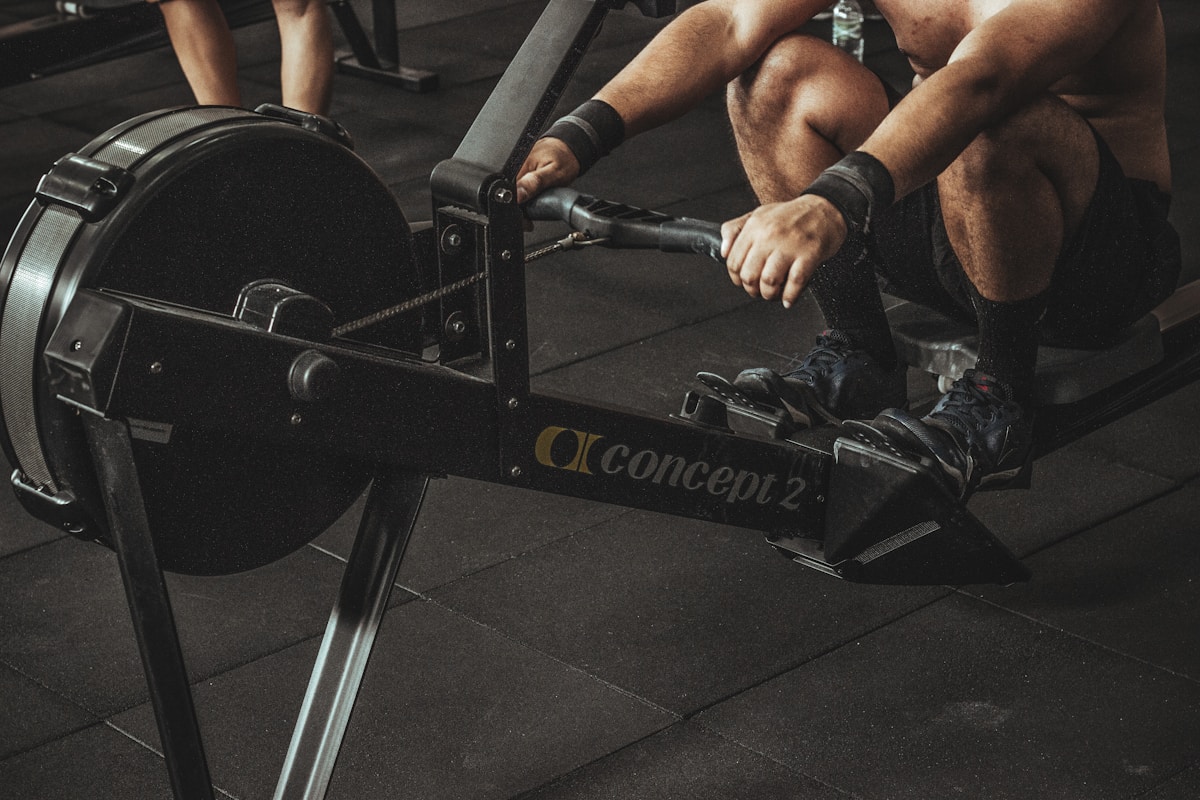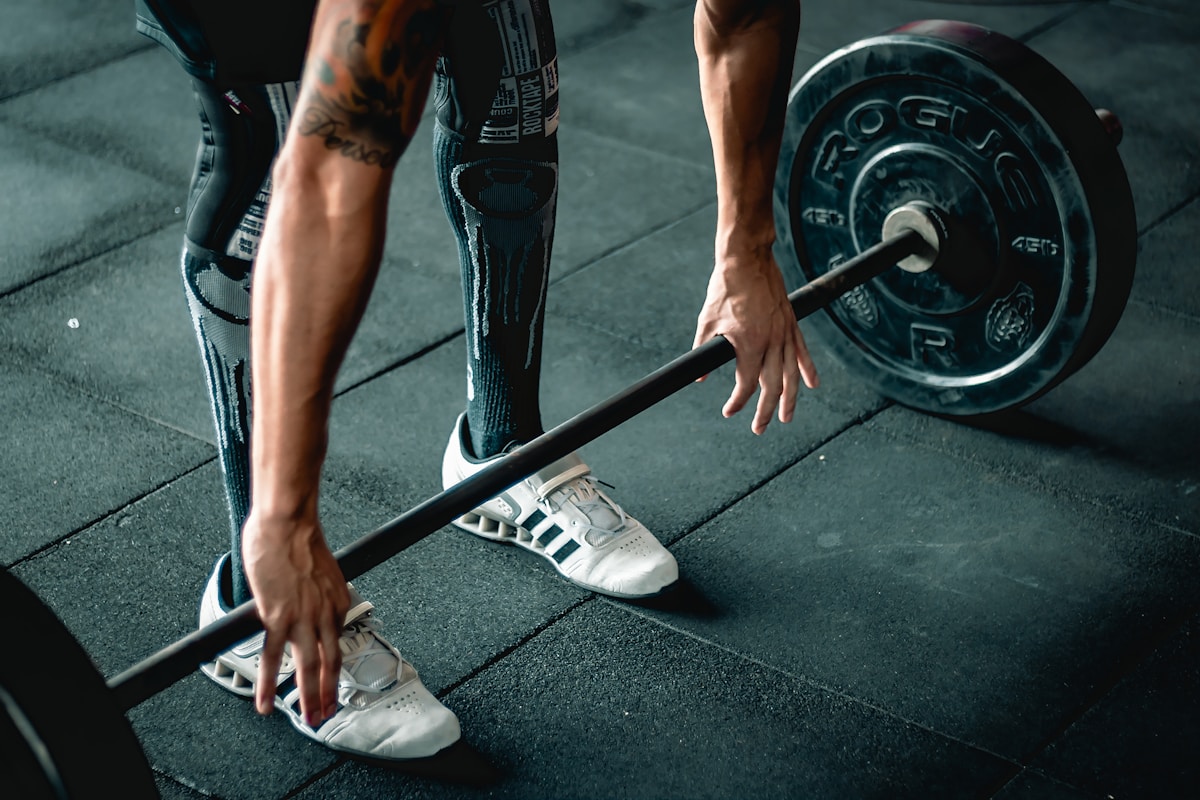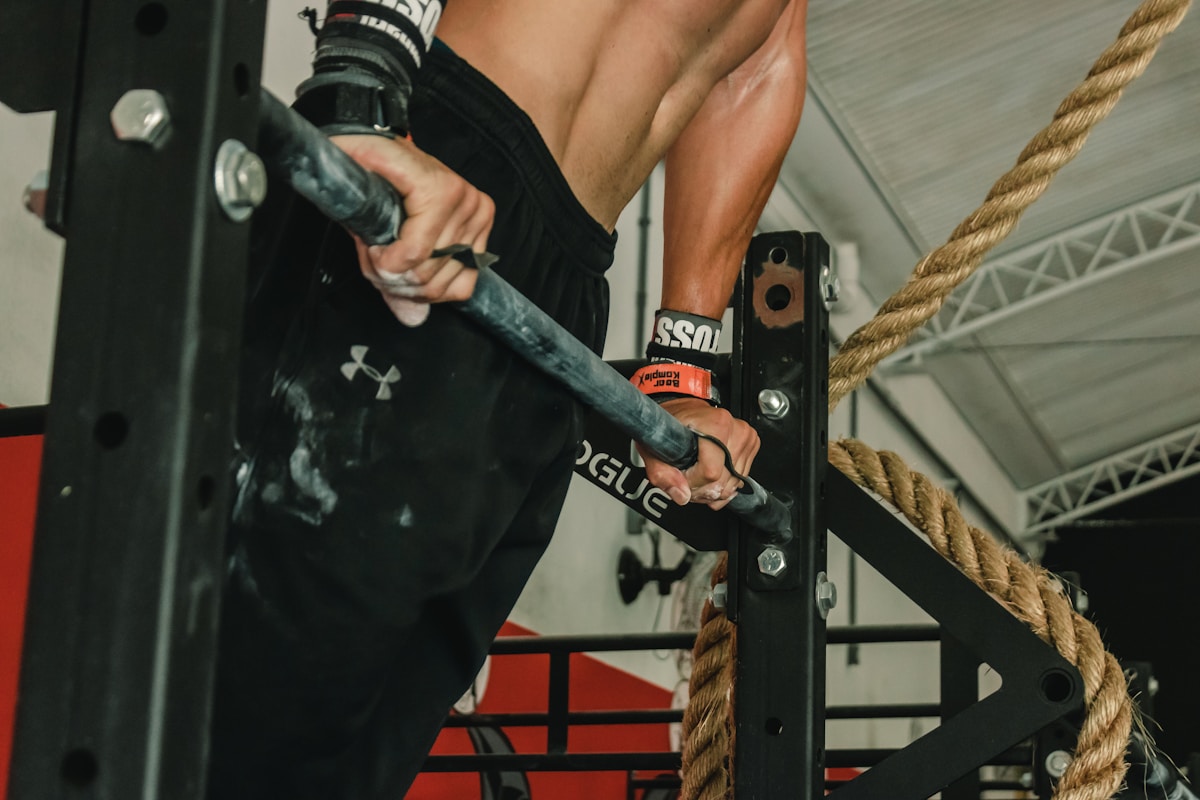The Top 5 CrossFit Exercises for Building Strength and Endurance
Barbell Back Squats: Building Lower Body Power and Strength
Barbell Back Squats: Building Lower Body Power and Strength
Barbell back squats are a staple exercise in CrossFit, renowned for their ability to build lower body power and strength. This compound movement targets multiple muscle groups simultaneously, making it an effective exercise for developing overall lower body strength and enhancing athletic performance.
The barbell back squat primarily targets the quadriceps, hamstrings, and glutes. By loading the spine with a barbell across the upper back, the squat movement engages these major muscle groups in a coordinated effort, promoting strength gains and muscular development.
One of the key benefits of barbell back squats is their ability to increase lower body power. The explosive upward movement during the ascent phase of the squat activates fast-twitch muscle fibers, which are responsible for generating quick and powerful movements. As a result, athletes can develop greater explosiveness, enabling them to generate more force during jumps, sprints, and other dynamic movements.
Moreover, barbell back squats promote functional strength by mimicking everyday movements like sitting down and standing up. This translates to improved performance in various sports and activities, as well as enhanced stability and balance.
To maximize the benefits of barbell back squats, it is crucial to focus on proper form and technique. Engage the core, maintain a neutral spine, and ensure proper depth in the squat, ideally reaching parallel or below. Gradually increase the weight as your strength improves, but always prioritize safety and technique.
Incorporating barbell back squats into your CrossFit routine can elevate your lower body strength and power to new levels. Embrace the challenge, focus on proper form, and watch as your lower body gains strength, power, and resilience.
Kettlebell Swings: Developing Explosive Hip Drive and Conditioning
Kettlebell Swings: Developing Explosive Hip Drive and Conditioning
Kettlebell swings are a dynamic and powerful exercise that plays a vital role in developing explosive hip drive and conditioning in CrossFit. This exercise targets the posterior chain, including the glutes, hamstrings, and lower back, while also engaging the core and shoulders.
The key to the kettlebell swing lies in the explosive hip hinge motion. As you swing the kettlebell between your legs, you generate power from the hips, driving them forward forcefully to propel the kettlebell forward. This explosive hip drive not only develops strength and power in the lower body but also improves overall athleticism and performance.
The repetitive nature of kettlebell swings also contributes to cardiovascular conditioning. The combination of the explosive hip drive and the continuous swinging motion challenges the cardiovascular system, increasing heart rate and promoting cardiovascular endurance. This makes kettlebell swings a valuable exercise for improving overall conditioning and stamina.
Proper technique is essential when performing kettlebell swings to prevent injury and maximize benefits. Maintain a neutral spine, engage the core, and use the hips as the primary driver of the movement. Start with a lighter kettlebell and gradually increase the weight as you develop strength and proficiency in the exercise.
Incorporating kettlebell swings into your CrossFit routine can significantly enhance your explosive power, conditioning, and overall athletic performance. Embrace the challenging and dynamic nature of kettlebell swings, and experience the benefits of developing explosive hip drive and conditioning for optimal CrossFit performance.
Pull-Ups: Strengthening the Upper Body and Developing Muscular Endurance
Pull-Ups: Strengthening the Upper Body and Developing Muscular Endurance
Pull-ups are a fundamental exercise in CrossFit that focuses on strengthening the upper body and developing exceptional muscular endurance. This compound movement primarily targets the muscles of the back, including the latissimus dorsi (lats), rhomboids, and upper trapezius, while also engaging the biceps, forearms, and core.
The act of pulling your bodyweight up towards the bar requires significant upper body strength and control. Regularly performing pull-ups helps to develop strength in the back muscles, improving posture, and promoting balanced muscle development in the upper body.
In addition to building strength, pull-ups are highly effective for developing muscular endurance. As you perform multiple repetitions, your muscles are subjected to a sustained workload, challenging their ability to contract and resist fatigue. This endurance component is essential for CrossFit athletes who engage in high-intensity workouts and require the ability to perform repetitive movements with minimal rest.
Mastering the pull-up requires consistent practice and progression. Begin with assisted variations, such as using resistance bands or a spotter, and gradually decrease assistance over time. Eventually, you’ll build the strength and technique to perform strict pull-ups, where you rely solely on your own upper body strength.
Incorporating pull-ups into your CrossFit routine not only strengthens your upper body but also develops the endurance necessary for various gymnastic movements, such as muscle-ups and handstand push-ups. Embrace the challenge of pull-ups, progress at your own pace, and witness the remarkable improvements in upper body strength and muscular endurance that this exercise can provide.
Deadlifts: Building Total-Body Strength and Functional Power
Deadlifts: Building Total-Body Strength and Functional Power
Deadlifts are a foundational exercise in CrossFit that plays a crucial role in building total-body strength and functional power. This compound movement targets multiple muscle groups simultaneously, making it one of the most effective exercises for developing overall strength and power.
Deadlifts primarily target the posterior chain, including the glutes, hamstrings, and lower back, while also engaging the quads, core, and upper back. By lifting a loaded barbell from the ground to a standing position, deadlifts activate muscles throughout the entire body, promoting balanced muscle development and functional strength.
One of the key benefits of deadlifts is their ability to build raw strength. The lifting motion requires the recruitment of a large number of muscle fibers, enhancing both muscular strength and hypertrophy. This strength development transfers to various functional movements and everyday activities, improving overall physical performance.
Deadlifts also improve functional power, which is the ability to generate force quickly and explosively. The hip extension and full-body coordination required in deadlifts translate to explosive power in movements like jumping, sprinting, and Olympic lifts. This makes deadlifts particularly valuable for athletes in CrossFit, where power and explosiveness are essential.
Proper technique and form are crucial when performing deadlifts to prevent injury and maximize benefits. Maintain a neutral spine, engage the core, and drive through the heels to lift the weight. Start with lighter weights to ensure proper mechanics and gradually increase the load as your strength and proficiency improve.
Incorporating deadlifts into your CrossFit routine can lead to remarkable gains in total-body strength and functional power. Embrace the challenge of deadlifts, focus on proper form, and witness the transformative effects on your strength and performance both in and out of the gym.
Burpees: Full-Body Conditioning and Endurance Training
Burpees: Full-Body Conditioning and Endurance Training
Burpees are a dynamic and intense exercise that offers a multitude of benefits, including full-body conditioning and endurance training. This bodyweight movement targets multiple muscle groups and cardiovascular fitness, making it a valuable addition to any CrossFit routine.
The beauty of burpees lies in their ability to engage the entire body in a single exercise. Starting from a standing position, you drop into a squat, kick your legs back into a plank position, perform a push-up, and then explosively jump back up to standing. This series of movements activates the legs, core, chest, arms, and shoulders, providing a comprehensive full-body workout.
In addition to strength development, burpees are highly effective for improving cardiovascular endurance. The continuous, rapid transitions from one movement to another elevate heart rate and challenge the cardiovascular system. This cardiovascular component makes burpees an excellent exercise for building stamina and endurance, allowing athletes to perform at high intensity for longer durations.
Burpees can be modified to suit various fitness levels, making them accessible to beginners and challenging for advanced athletes. Progressing from standard burpees to more advanced variations, such as adding a push-up or a double jump at the end, keeps the exercise challenging and promotes continuous improvement.
Incorporating burpees into your CrossFit routine offers a multitude of benefits, including improved full-body conditioning and enhanced endurance. Embrace the intensity of burpees, push yourself to maintain proper form and speed, and experience the incredible cardiovascular and muscular benefits this exercise has to offer. Let burpees take your fitness to new heights.
Conclusion
By incorporating these top five CrossFit exercises into your training regimen, you’ll build strength, power, and endurance like never before. Whether you’re targeting your lower body with barbell back squats, developing explosive hip drive with kettlebell swings, or improving overall conditioning with burpees, these exercises offer a well-rounded approach to enhancing your fitness. Embrace the challenge, focus on proper form, and consistently incorporate these exercises into your routine to witness remarkable improvements in strength, endurance, and overall athletic performance. Take your CrossFit training to new heights with these essential exercises.



